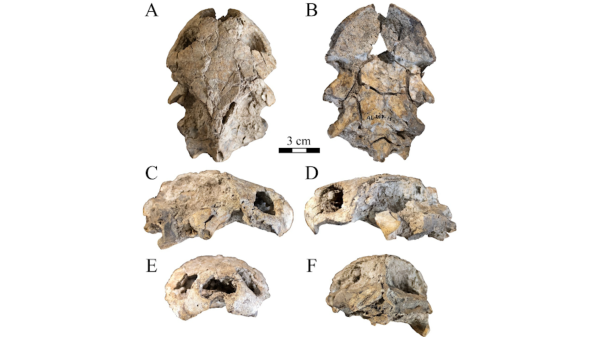An Arizona State University researcher has figured out a way to modify crops that causes them to use less water and fertilizer but grow more food, an exciting development as food security becomes a critical concern as the world’s population expands.
Roberto Gaxiola, an associate professor with the School of Life SciencesThe School of Life Sciences is an academic unit in the College of Liberal Arts and Sciences., said his work also enhances a plant’s tolerance to various outside stresses, such as drought or climate change, other factors in feeding the more than seven billion people on the planet.
Gaxiola describes the work as enhancing the way a certain gene in the plant operates.
“This gene helps to move photosynthates — or molecules made by photosynthesis in the leaves — to the places plants need them in order to grow better roots, fruits, young leaves and seeds,” he said.
Current agricultural methods to increase the production of food often overuse fertilizer, causing environmental problems by polluting water and creating dead zones in oceans downstream. Over-fertilization can also cause plants to have small roots — something that was not anticipated when fertilizers were developed in the early 1900s.
By increasing the expression of the enzyme H+-PPase, plants can more effectively move sugar, water and nutrients to the places they need them to grow better roots, fruits, seeds and young leaves. Credit: David Kiersh, ASU
By changing how effectively a plant uses water and nutrients, farmers would be able to use fewer resources to grow their crops.
“Larger roots allow plants to more efficiently acquire both nutrients and water,” said Gaxiola. “We can optimize inputs while minimizing environmental impacts. This is advantageous for our environment and for all consumers.”
The study showed that altering the way this geneThe gene, which is called type 1 H+-PPase, is found naturally in all plants. works in rice, corn, barley, wheat, tomato, lettuce, cotton and finger millet caused better growth in roots and shoots, and also improved how the plants absorbed nutrients.
The crops also saw improved water use and tolerance to salt in the soil, which is bad for crops.
The study’s findings were published in the scientific journal Trends in Biotechnology.
Gaxiola, who is the lead author of the study, collaborated with researchers from the University of Arizona, University of North Texas and with the USDA/ARS Children's Nutrition Research Center, Baylor College of Medicine.
He said the next step is to further study this simple biotechnology in order to maximize its agricultural potential.
This study was funded by the National Science Foundation (IOS-1122148).
Top photo by Thomas Westcott, Freeimages.com
More Science and technology

New research by ASU paleoanthropologists: 2 ancient human ancestors were neighbors
In 2009, scientists found eight bones from the foot of an ancient human ancestor within layers of million-year-old sediment in the Afar Rift in Ethiopia. The team, led by Arizona State University…

When facts aren’t enough
In the age of viral headlines and endless scrolling, misinformation travels faster than the truth. Even careful readers can be swayed by stories that sound factual but twist logic in subtle ways that…

Scientists discover new turtle that lived alongside 'Lucy' species
Shell pieces and a rare skull of a 3-million-year-old freshwater turtle are providing scientists at Arizona State University with new insight into what the environment was like when Australopithecus…

